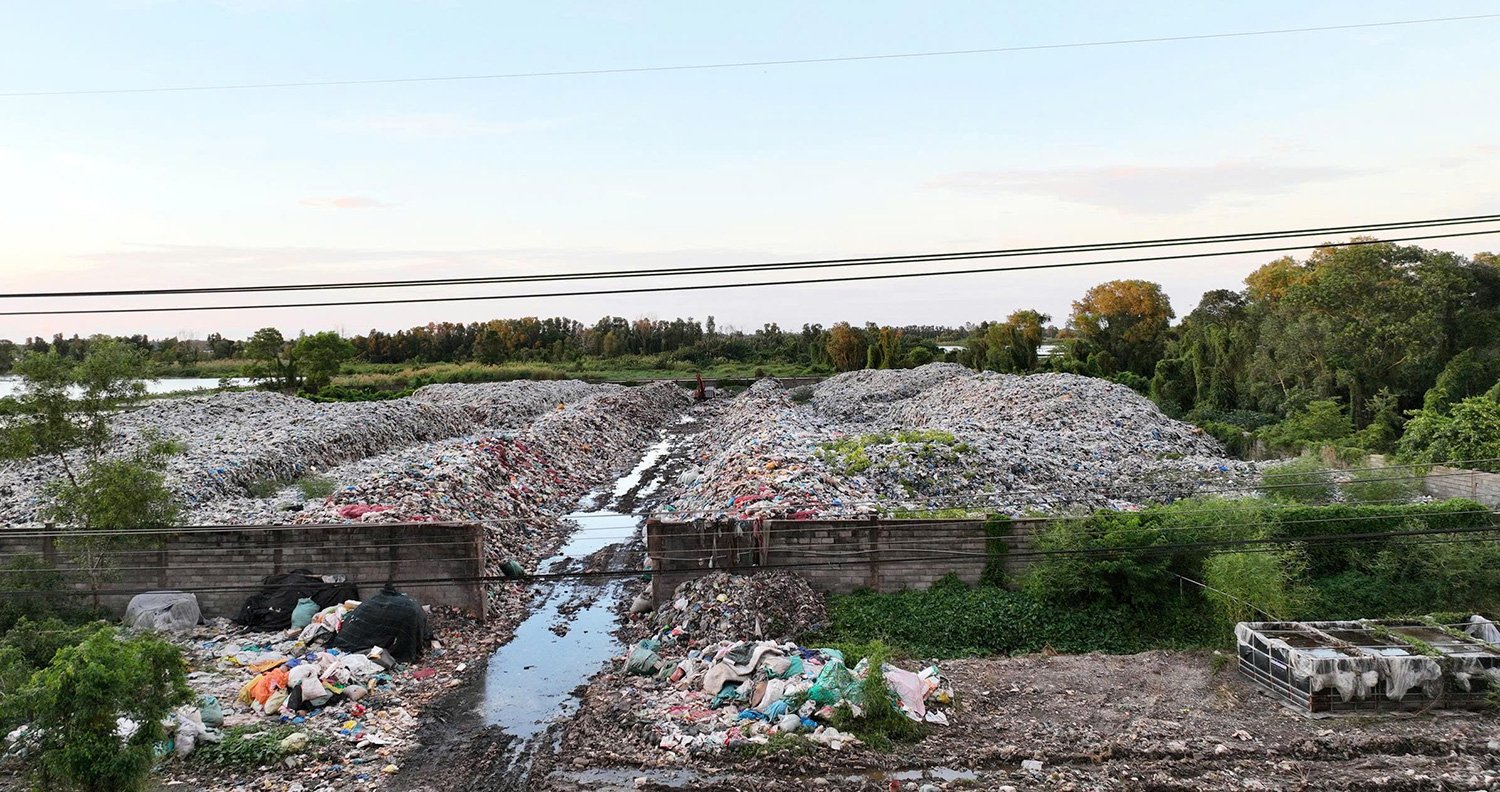
Luc Phi landfill in Vinh Hoa Hung commune has been put into use since 2003. Photo: CAM TU
Initially, the model of applying microbiological technology to reduce air pollution and reduce the volume of concentrated landfills was piloted in 2 localities, including Luc Phi landfill, Hamlet 6, Vinh Hoa Hung commune, with a total area of 14.1 hectares. From April 2023 to now, the daily volume of waste collected at the landfill is about 50m3, the previous volume was about 16 - 20m3 . The total volume of waste currently stored in Luc Phi landfill is about 12,253m3 .
The application of microbiological technology to reduce air pollution and the volume of concentrated landfills in Go Quao and Chau Thanh districts (before the merger) is a research topic, applied science and technology development carried out by the Department of Environmental Protection under the Department of Agriculture and Environment. The results of the research and application of technology to cultivate beneficial microorganisms in the local environment (IMO) to reduce air pollution and the volume of concentrated landfills suitable for local conditions, ensuring the criteria on air pollution level; density of flies and mosquitoes; landfill volume before and after treatment are cost-effective. According to the Head of the Department of Environmental Protection, Phung Thi Bich Lam, organic waste treatment by microbial fermentation is an environmentally friendly technology. This technique has many outstanding advantages, contributing to limiting air, water and soil pollution around landfills, especially the treatment cost is lower than landfill and incineration technologies.
Microorganisms and yeasts have the ability to metabolize components in household waste. Selected, experimentally cloned, and treated strains of microorganisms and yeasts include bacillus subtilis, bacillus clausii, lactobacillus acidophilus, and saccharomyces ceravisie. In particular, bacillus subtilis is a rod-shaped bacteria species, often used to treat wastewater and maintain water quality factors such as dissolved oxygen, phosphorus, nitrite, and ammonia content. Bacillus clausii yeast is used in environmental treatment products to help decompose waste in the environment, clean the living environment, create favorable conditions for livestock to grow and develop; and reduce toxic substances in the water environment such as NH3, COD, and H2S.
Ingredients for IMO microbial culture include: Original microbial yeast, clean water, molasses, pureed ripe fruit (pineapple peel, banana, papaya, mango...). The amount of microorganisms used is based on the calculation of landfill volume, accordingly, the amount of microorganisms needed to use is 5,000 liters for 1 spray on each landfill. The cultured microorganisms are used to spray the landfill thoroughly using a specialized spraying system and equipment, bringing positive effects, helping to reduce odors and landfill volume. Specifically, it reduces odors and air pollution in 2 - 5 hours, reduces flies in 2 - 3 days, and reduces landfill volume by 20% - 70% in 90 days.
The application of microbiological technology to reduce air pollution, the volume of concentrated landfills is easy to apply, does not depend on any products or technologies on the market, reduces costs, and increases the efficiency of waste treatment. Through the model of applying microbiological technology to reduce air pollution, the volume of concentrated landfills opens up prospects, contributing to reducing the pressure on the state budget to invest in the treatment of domestic solid waste; ensuring the quality of life of people living near the landfill area, the staff working in collecting, transporting, and treating waste. This technology directs the community to a circular economy through the classification, treatment, exploitation, and transformation of waste into useful resources.
CAM TU
Source: https://baoangiang.com.vn/ung-dung-cong-nghe-vi-sinh-trong-xu-ly-rac-a463854.html



![[Photo] National Assembly Chairman Tran Thanh Man receives First Vice Chairman of the Federation Council of the Federal Assembly of the Russian Federation](/_next/image?url=https%3A%2F%2Fvphoto.vietnam.vn%2Fthumb%2F1200x675%2Fvietnam%2Fresource%2FIMAGE%2F2025%2F12%2F02%2F1764648408509_ndo_br_bnd-8452-jpg.webp&w=3840&q=75)




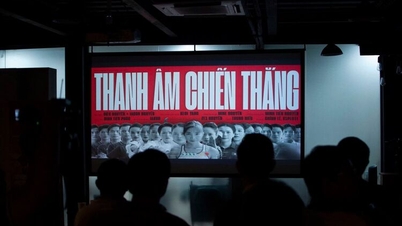

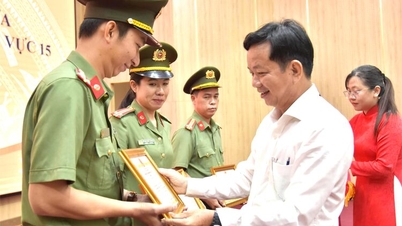


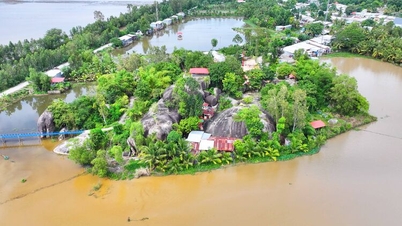
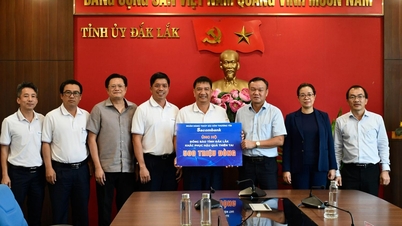

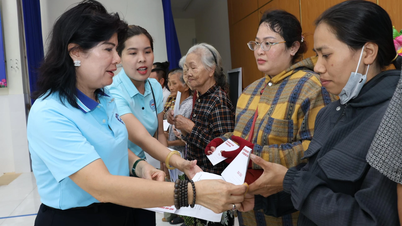




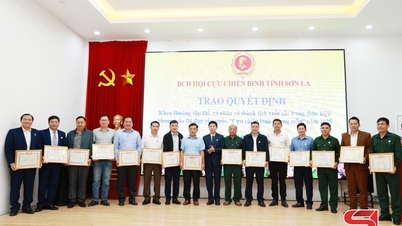

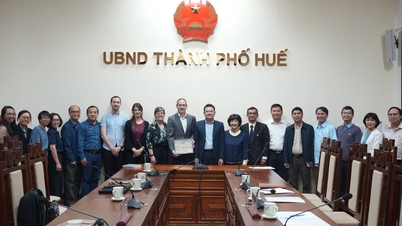





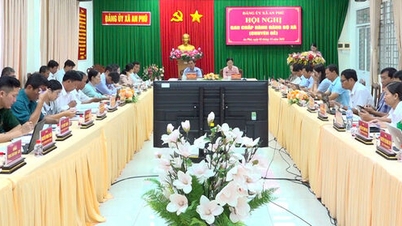
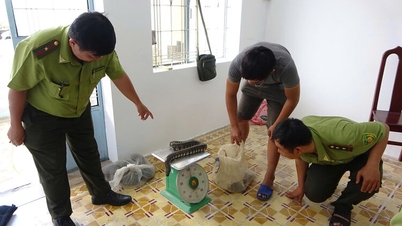

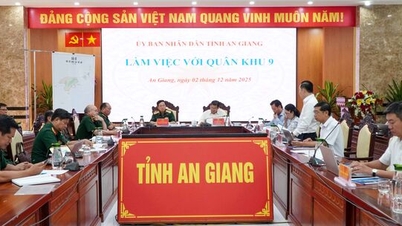
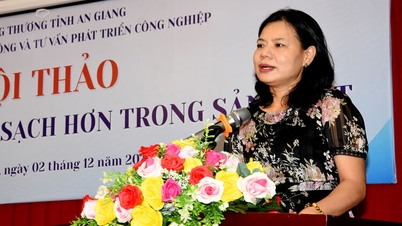
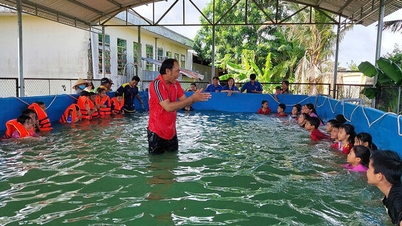
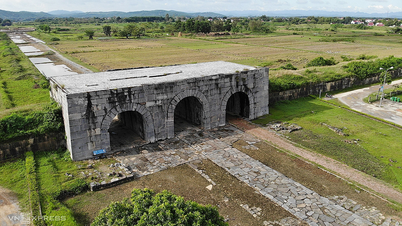





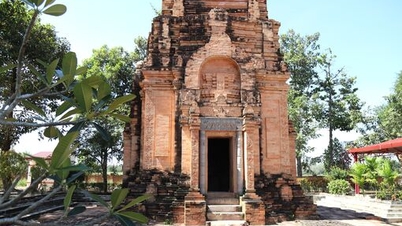

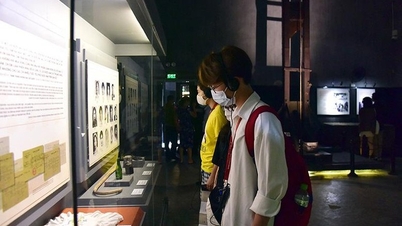
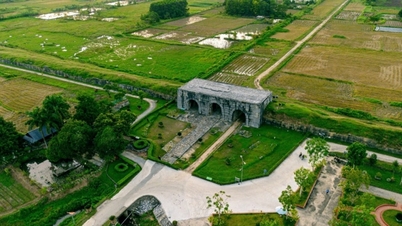

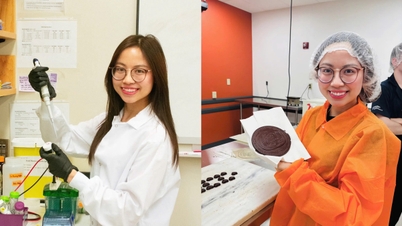



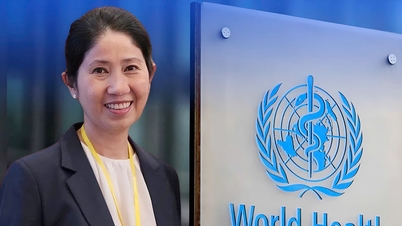


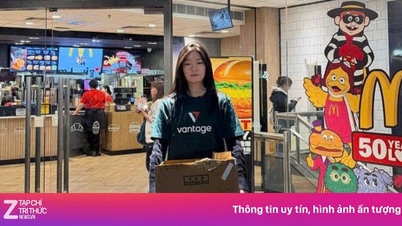

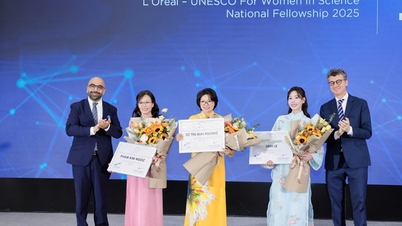



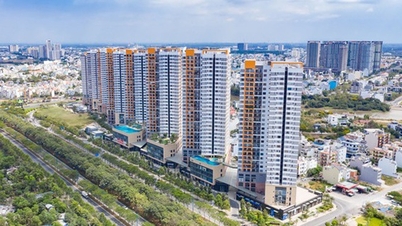

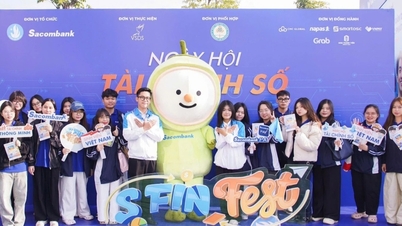


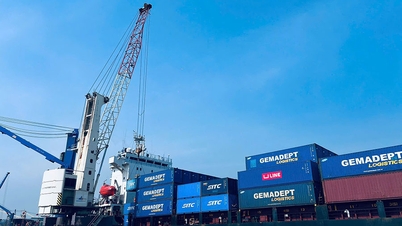








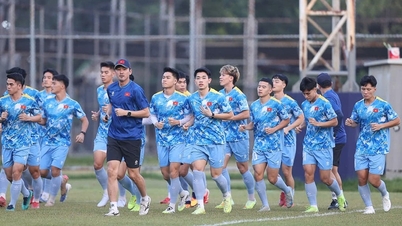



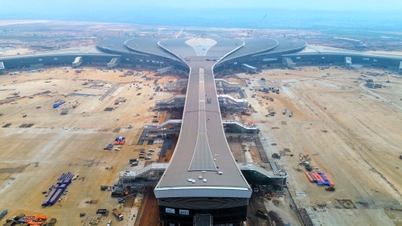



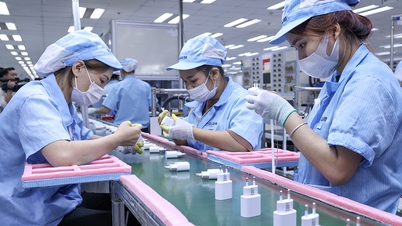

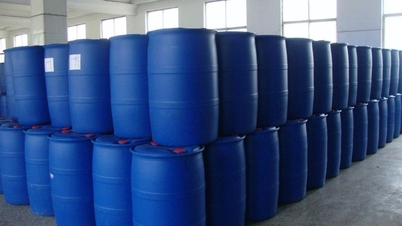
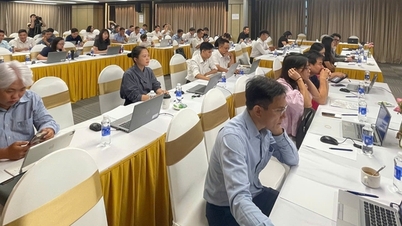

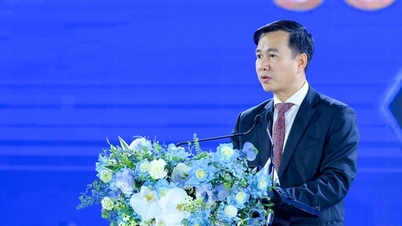
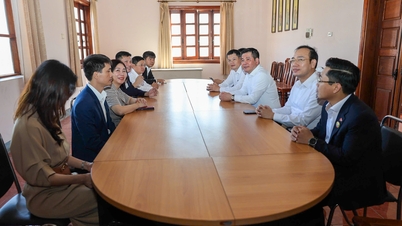
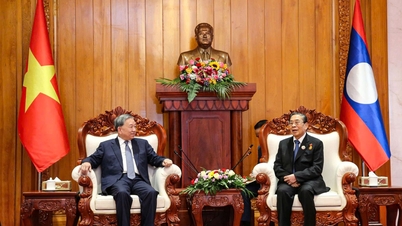

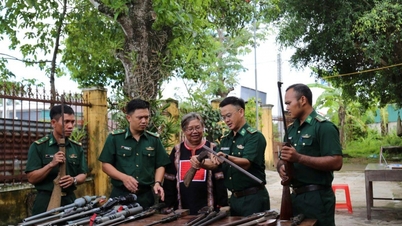
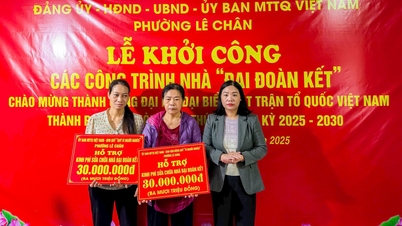

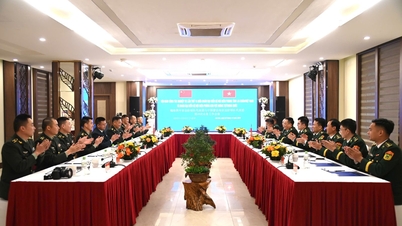













Comment (0)